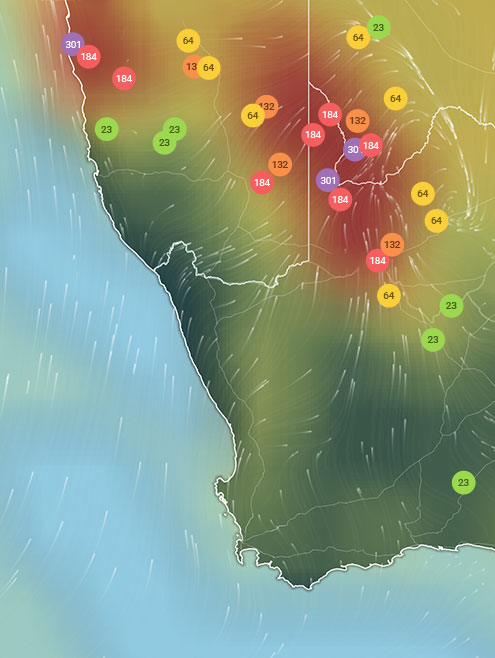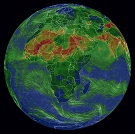获取您自己的监测仪,亲自测量您城市的空气吧。
9.6K 人关注这个城市






空气质量数据提供者
了解数据提供者和数据来源| 天气 | 少云 |
| 温度 | 50°F |
| 湿度 | 61% |
| 风速和风向 | 6.9 mp/h |
| 气压 | 29.7 Hg |
| # | city | 美国 AQI |
|---|---|---|
| 1 | 波茲南, 大波兰省 | 77 |
| 2 | 卡托维兹, 西里西亚省 | 75 |
| 3 | 弗罗茨瓦夫, 下西里西亚省 | 63 |
| 4 | 克拉科夫, 小波兰省 | 59 |
| 5 | 华沙, 马佐夫舍 | 59 |
| 6 | 格但斯克, 波美拉尼亞省 | 55 |
| 7 | 凯尔采, Swietokrzyskie | 55 |
| 8 | 索波特, 波美拉尼亞省 | 54 |
| 9 | 罗兹, 罗兹省 | 53 |
| 10 | 綠山城, Lubusz | 45 |
(当地时间)
查看世界AQI排名
| # | station | 美国 AQI |
|---|---|---|
| 1 | Poznan-Dabrowskiego | 82 |
| 2 | ul zjazd - winiary -poznan | 82 |
| 3 | Poznań ul. Szwajcarska | 77 |
| 4 | Smolna | 70 |
| 5 | Poznan Poland Winogrady Batman | 65 |
(当地时间)
查看世界AQI排名美国 AQI
77
实时空气质量指数(AQI)
中等
| 空气污染等级 | 空气质量指数(AQI) | 主要污染物 |
|---|---|---|
| 中等 | 77 美国 AQI | PM2.5 |
| 污染物 | 浓度 | |
|---|---|---|
| PM2.5 | 24.3µg/m³ | |
| PM10 | 34.1µg/m³ | |
| NO2 | 52.3µg/m³ | |
| SO2 | 11.1µg/m³ | |
| CO | 0.5µg/m³ | |
PM2.5
x4.9
波茲南当前的PM2.5浓度是WHO空气质量年平均指导值的4.9倍
| 敏感人群应减少室外运动 | |
| 请关窗以防止室外脏空气进入室内 了解空气质量监测仪 | |
| 敏感人群外出时请戴口罩 来一个高效又舒适的口罩 | |
| 敏感人群应开启净化器 想要一台空气净化器吗? |
| 天 | 污染等级 | 天气 | 温度 | 风速和风向 |
|---|---|---|---|---|
| 星期一, 4月 22 | 优秀 31 美国AQI | 41° 28.4° | ||
| 星期二, 4月 23 | 中等 53 美国AQI | 46.4° 30.2° | ||
| 星期三, 4月 24 | 中等 71 美国AQI | 48.2° 35.6° | ||
| 今天 | 中等 77 美国AQI | 50° 35.6° | ||
| 星期五, 4月 26 | 优秀 42 美国AQI | 57.2° 35.6° | ||
| 星期六, 4月 27 | 优秀 49 美国AQI | 64.4° 44.6° | ||
| 星期日, 4月 28 | 中等 52 美国AQI | 69.8° 48.2° | ||
| 星期一, 4月 29 | 中等 67 美国AQI | 73.4° 51.8° | ||
| 星期二, 4月 30 | 中等 75 美国AQI | 73.4° 53.6° | ||
| 星期三, 5月 1 | 中等 78 美国AQI | 71.6° 51.8° |
想了解每小时预报吗? 下载App